When hungry and looking for something fresh and something cheap, be sure to check out these local favorite food markets.
Located in Sarrià-Sant Gervasi, the posher part of town, this market offers the finer foods in life. Different than most markets in the city, here foodies discover everything from sushi to charcuteries to organic produce. Smaller than most markets, it unfortunately is not one of the cheapest markets, but certainly offers a variety of local and international eats.
Mercat de Santa Caterina
Known as the second market, Santa Caterina is near the Barcelona Cathedral in the El Born area near the Gothic Quarter. Tourists and locals visit here, but is not flooded with tourists like La Boqueria. Most people recognize this market thanks to the wavy and vibrant roof, which looks similar to the skin of a mutli-colored lizard. Like every other market, one finds a variety of produce, seafood, cheese and tapas stalls. Many recommend Bar Joan.
This is the most notable and popular food market in Barcelona. Located off the famous La Rambla Boulevard, some claim its overcrowded with tourists. Don't let tourists shy you away though. It's a tourist attraction, not a tourist trap. Many local chefs order their produce and meat from this market, making it the most prominent market in town. For a market, the prices are higher here than at most in town. Opened since 1840, guests discover a variety of produce, spice and candy stalls as well as cafe, tapas, charcuteries and juice counters. Some claim El Quim de la Boqueria is the most popular place to eat.
Mercat de la Barceloneta
Located near the waterfront, this market is frequently visited by locals looking for the fresh catch of the day. The local neighborhood once housed and operated many of the city's fishing industry. Expect to hear lots of chatter between locals searching for the best seafood in town. The vibe is as "neighborhoody" as one can get in the city.
This market emerged in 1882 satisfying locals with fresh food for over a century After a near decade of renovations, this market finally reopened to the public in 2018. Known as the next big thing, the market features 235 stalls, of which 53 are fresh produce stands. Like La Boqueria, many people visit for the tapas and fresh fish. On Sundays, there is a book market that surrounds the building and some stalls also sell trinkets and other small things.
Small and intimate, this is another market to experience the "neighborhood" vibe. Seafood and produce stands are here as well as fresh food. Inside there is a Bonpreu super market so if looking to compliment your makeshift lunch with cheap groceries, be sure to check out this market (less impressive than the others).
Mercat de Hostafrancs
Known as the most eclectic in Barcelona, if looking for some yummy treats...and maybe a cheap dress...shop here. Besides traditional food and produce stalls, outside the market are stalls offering plenty of household bargain buys. From inexpensive clothing to books, toys and stationary goods, this market is chocked full of locals trying to find the best deal in town. Some recommend to eat the Bar de Mercat d'Hostafrancs.
What's your favorite food stall or market in Barcelona?
This Lemon Tree article is now featured on GPSmyCity. To download this article for offline reading or travel directions to the attractions highlighted in this article, go to Top 7 Food Markets in Barcelona to Eat like a Local.
Let's Connect!
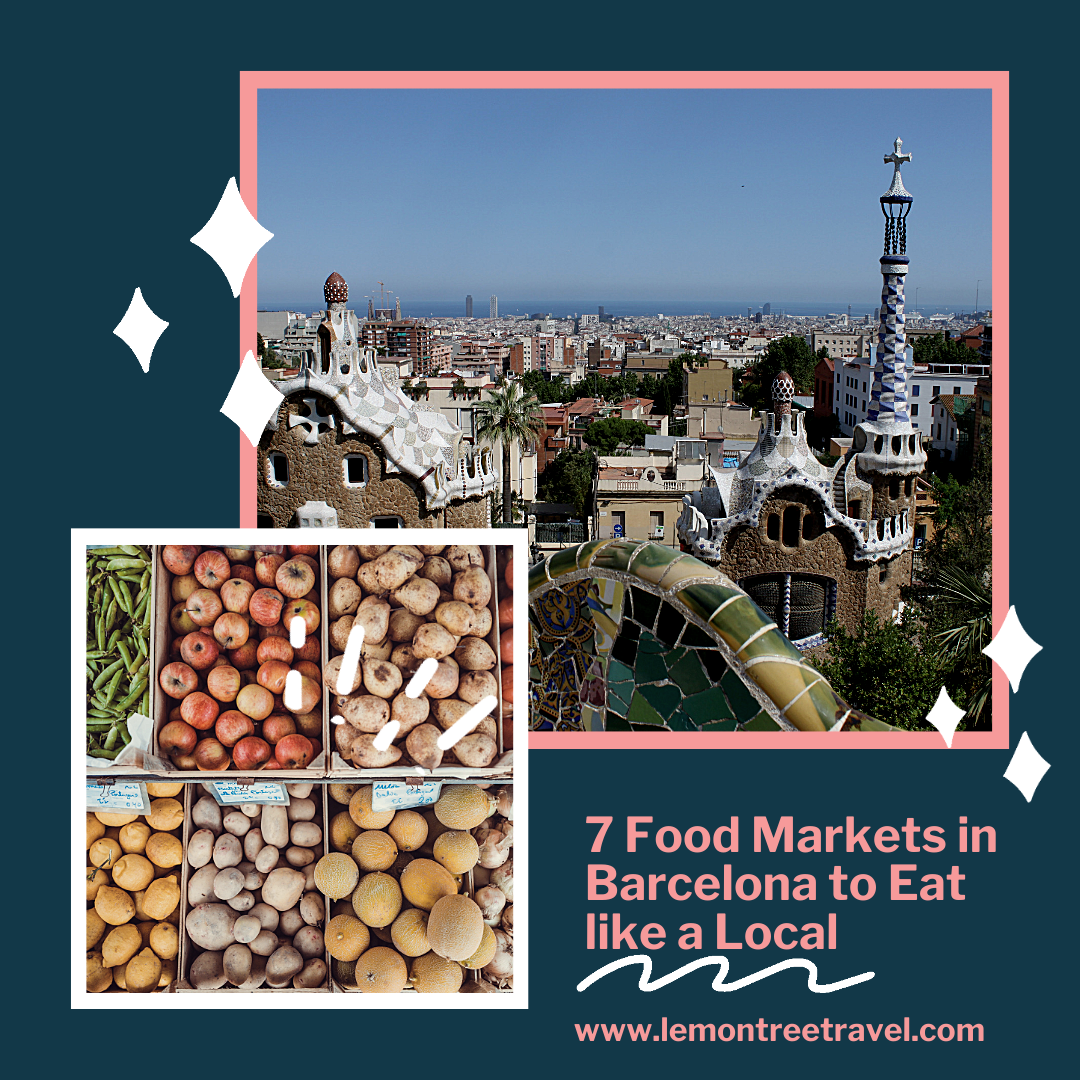

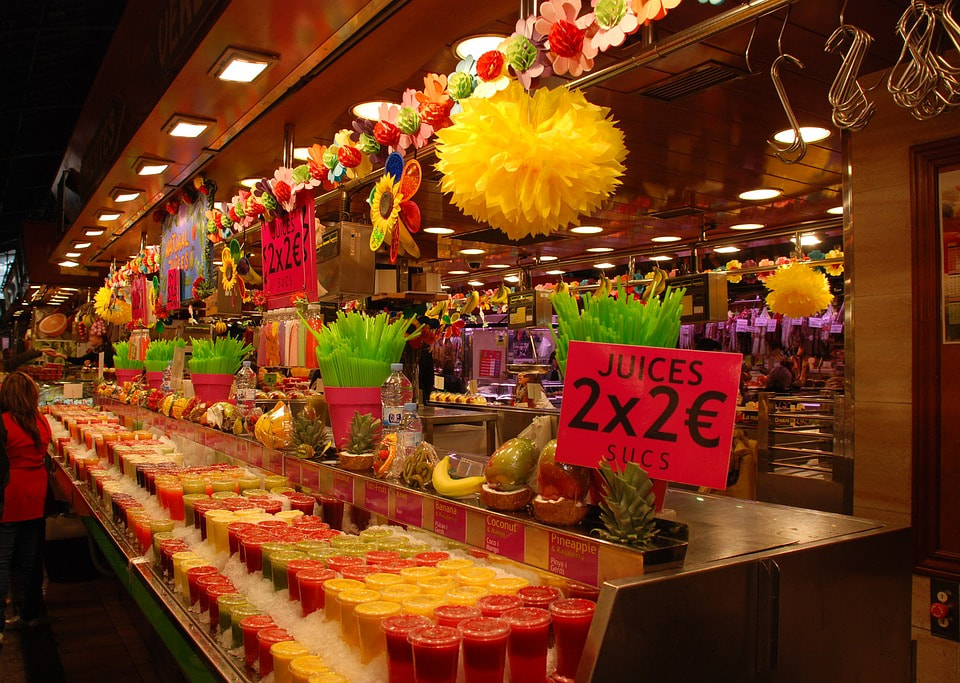
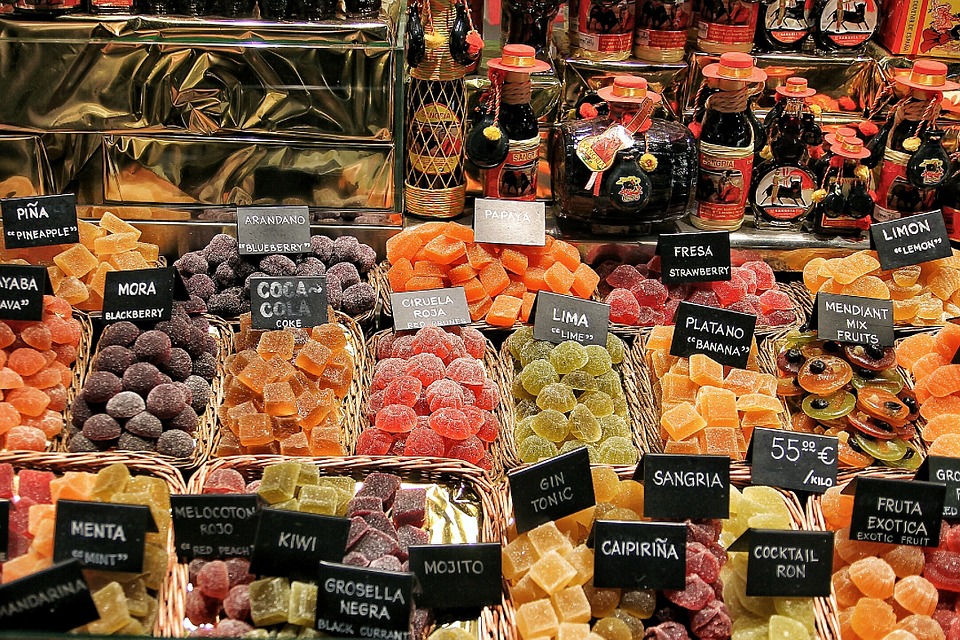
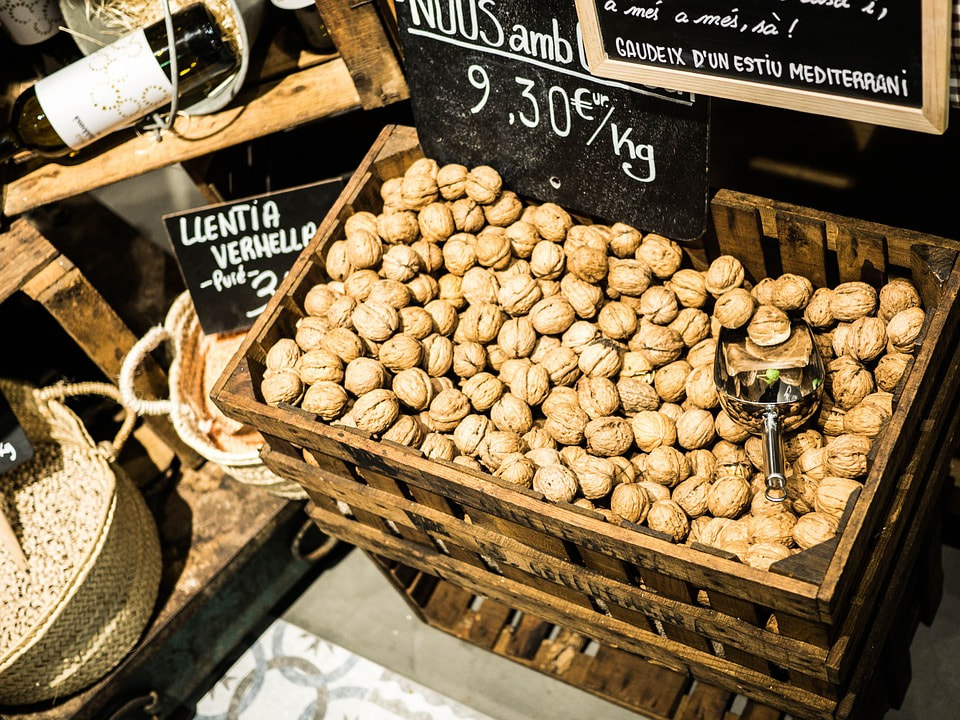
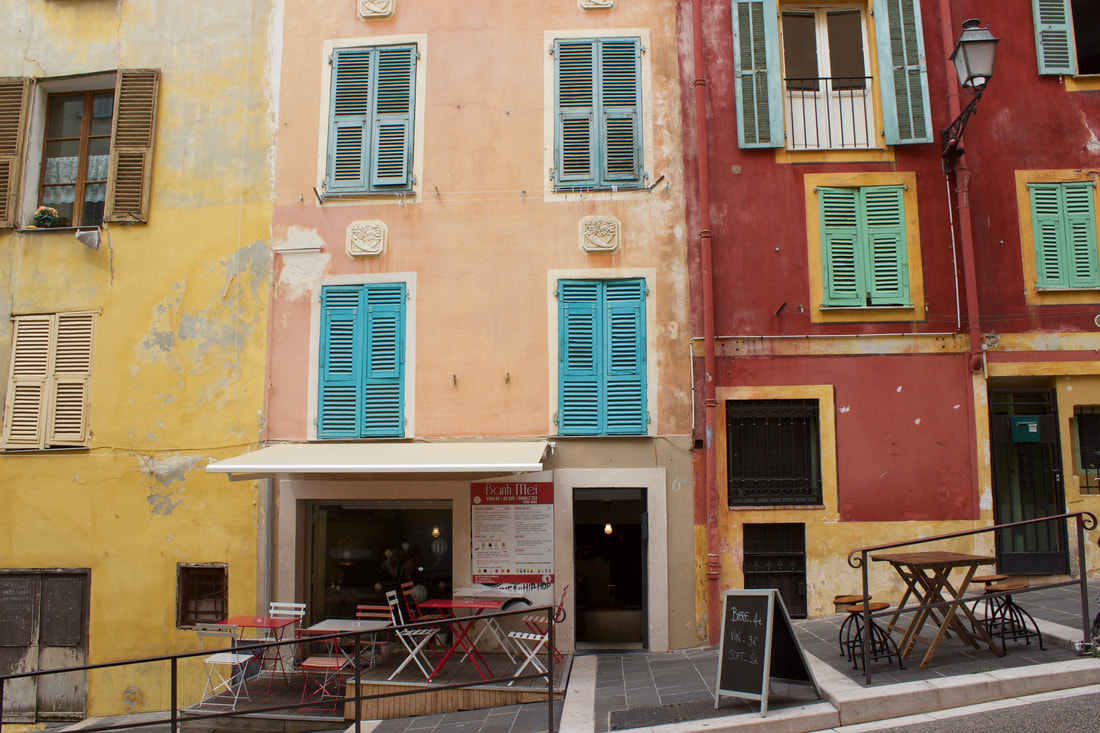
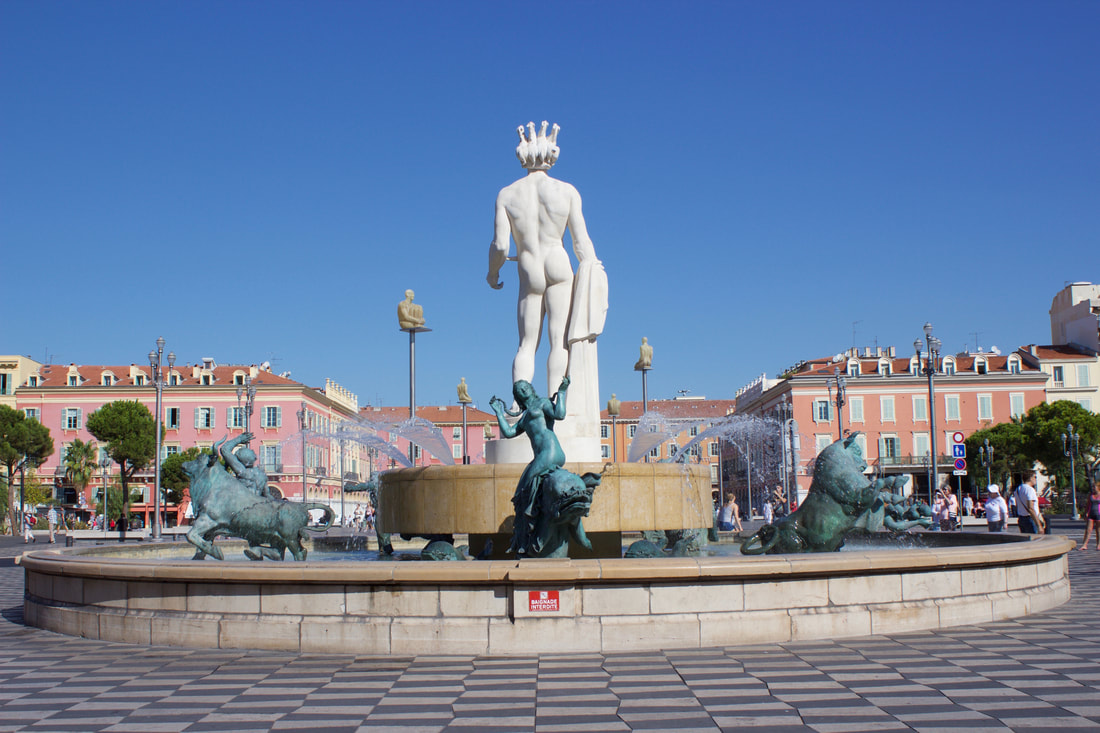
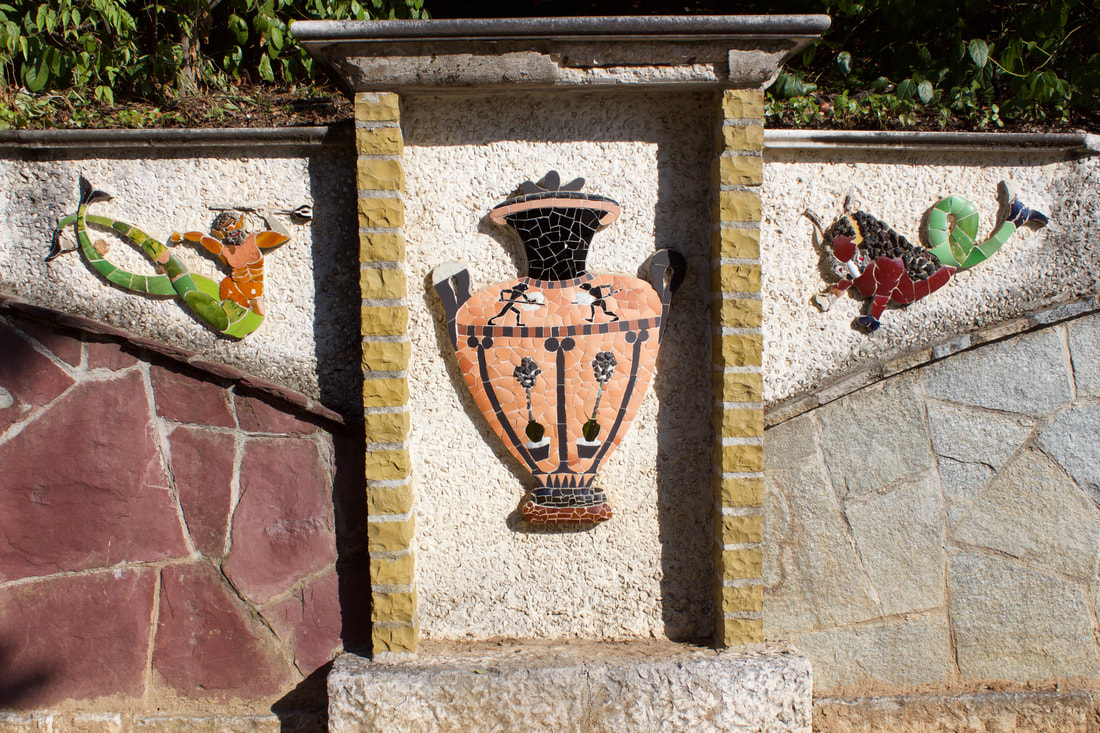
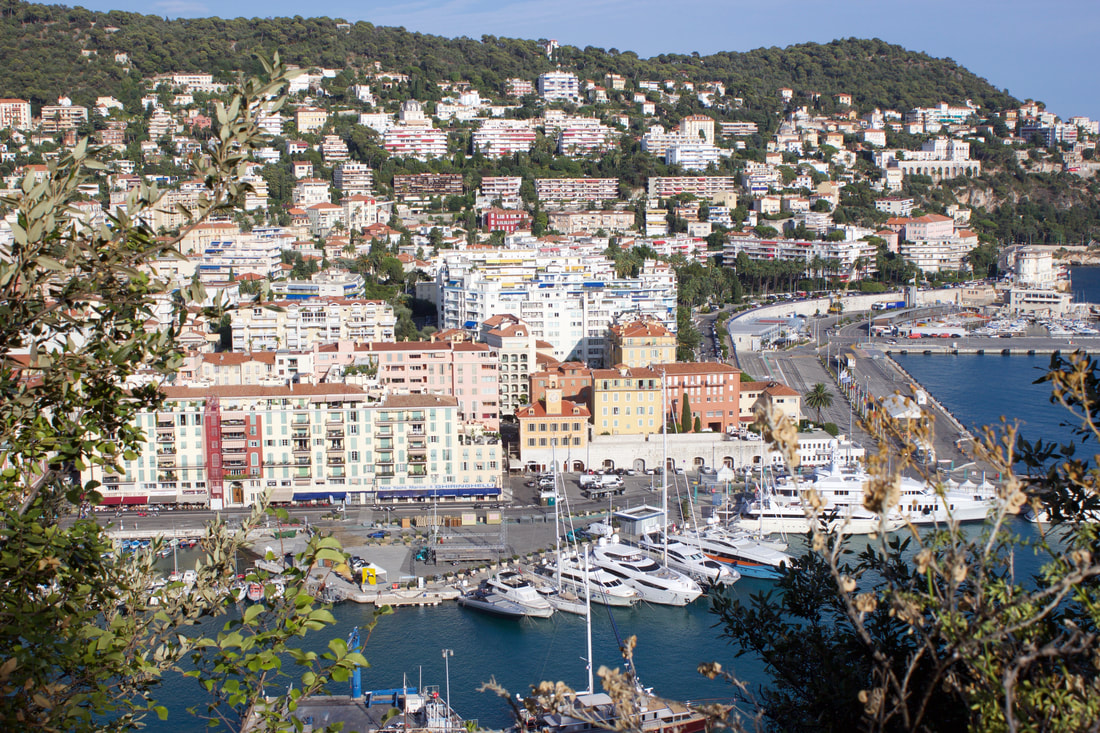
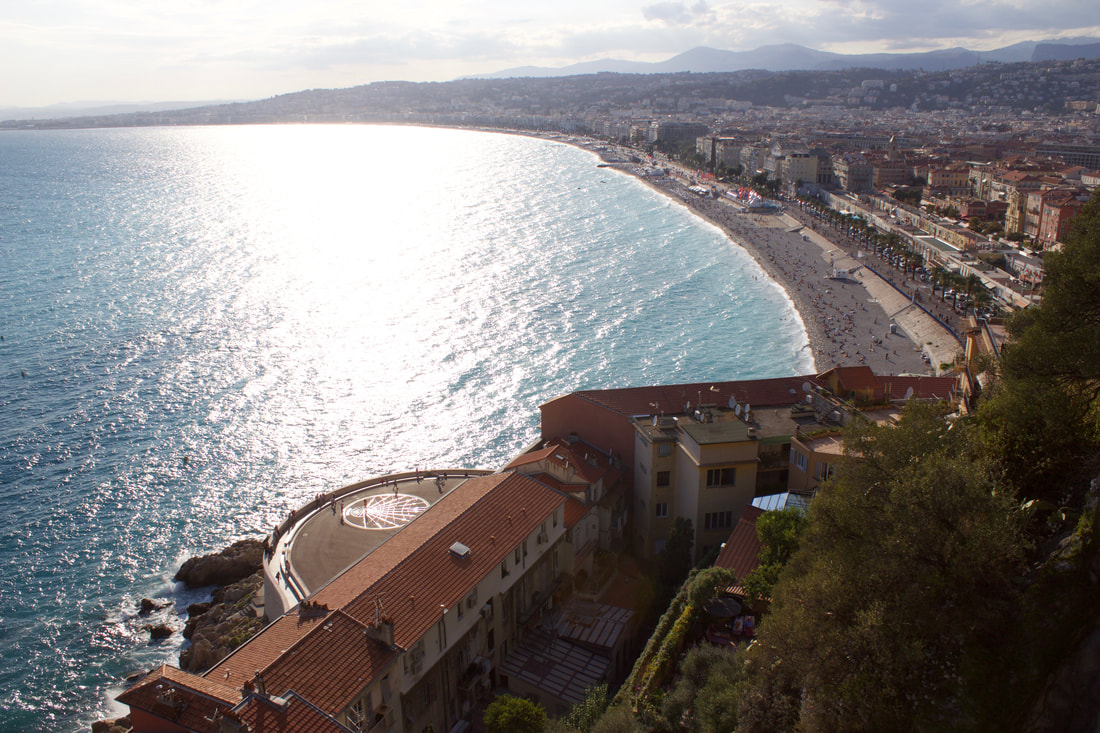
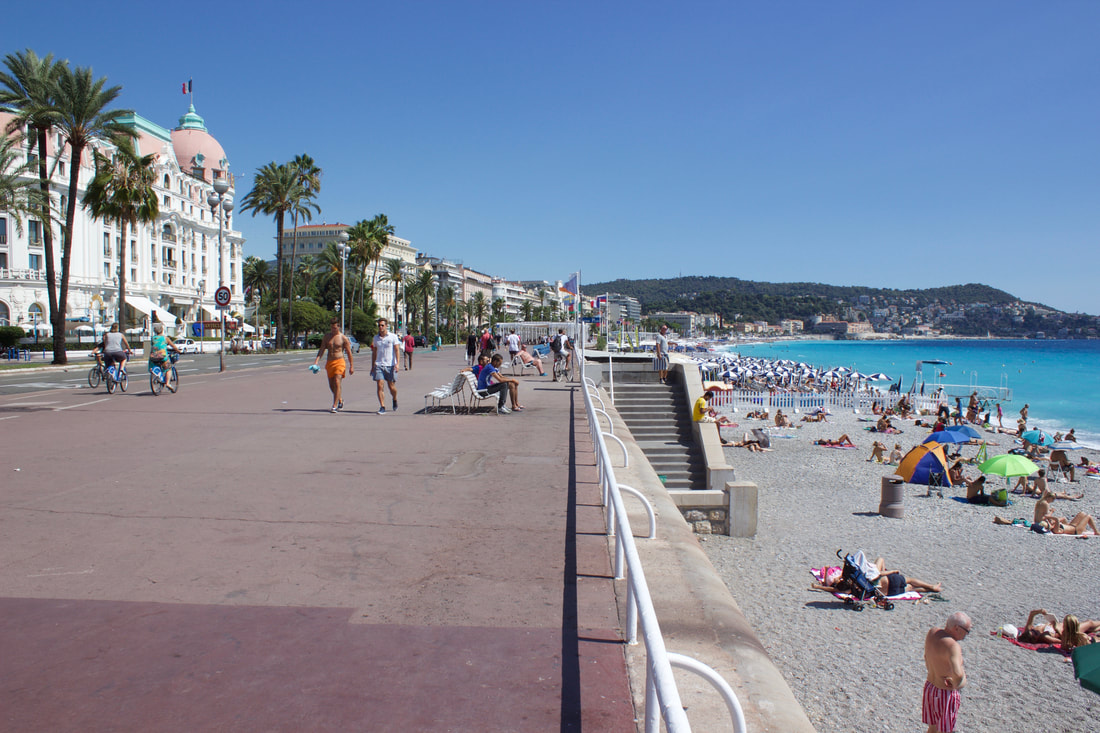

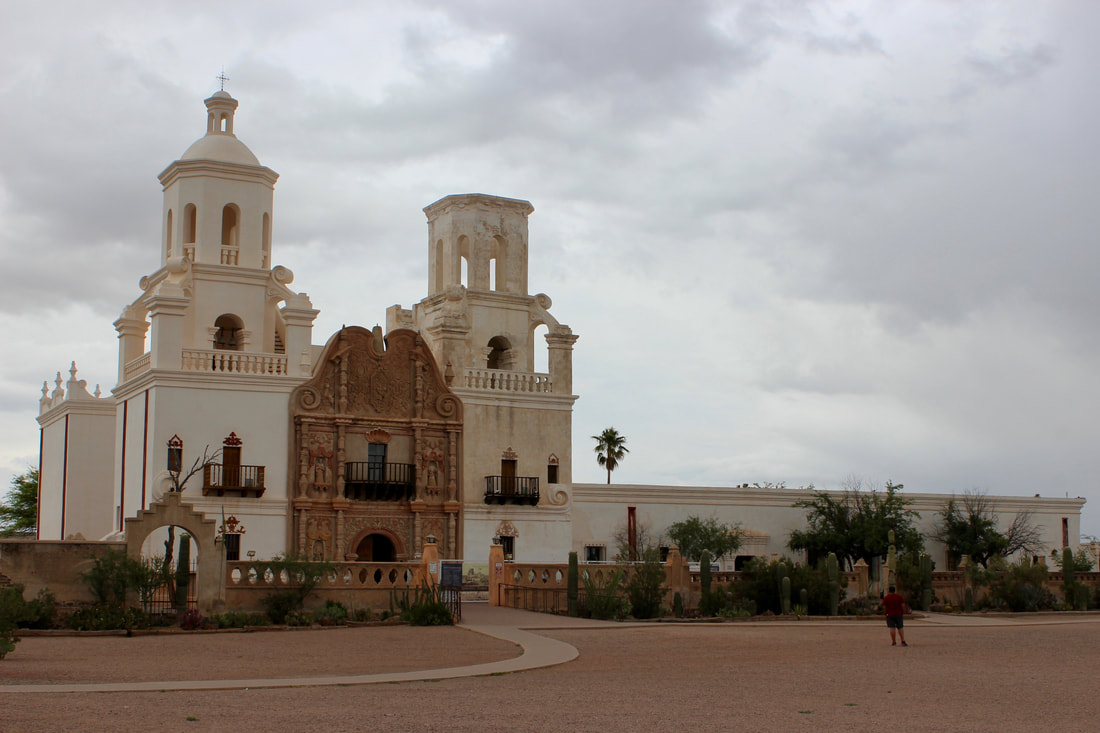
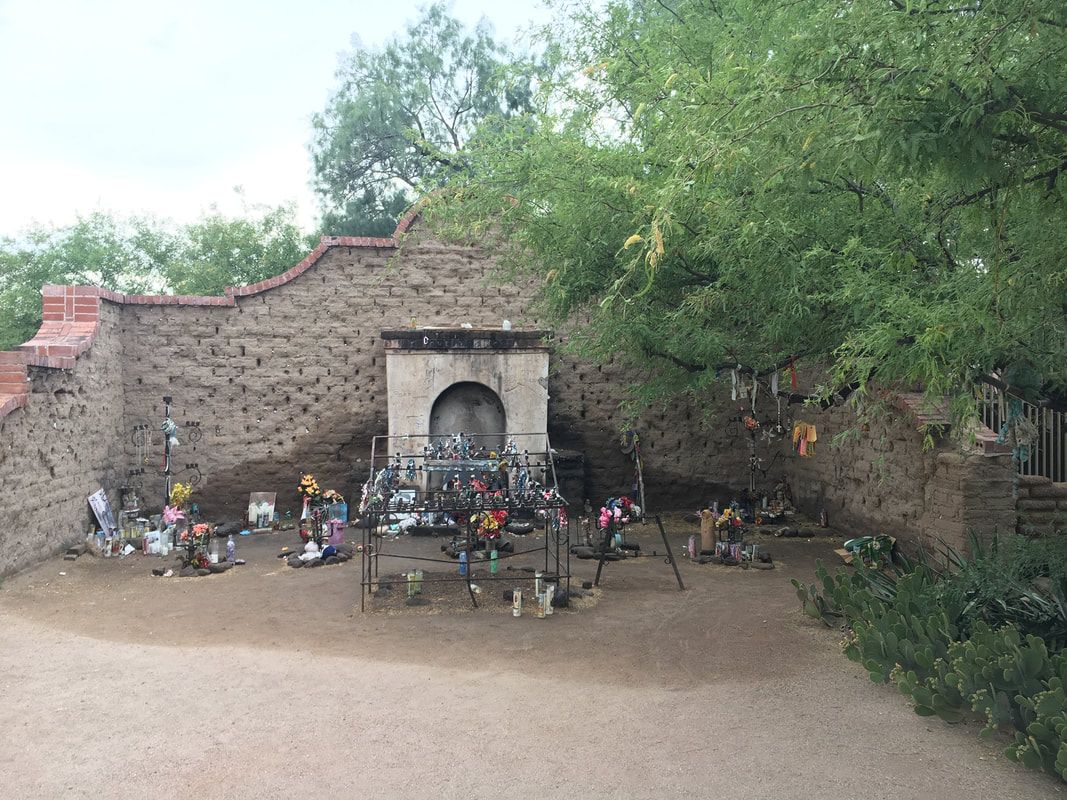
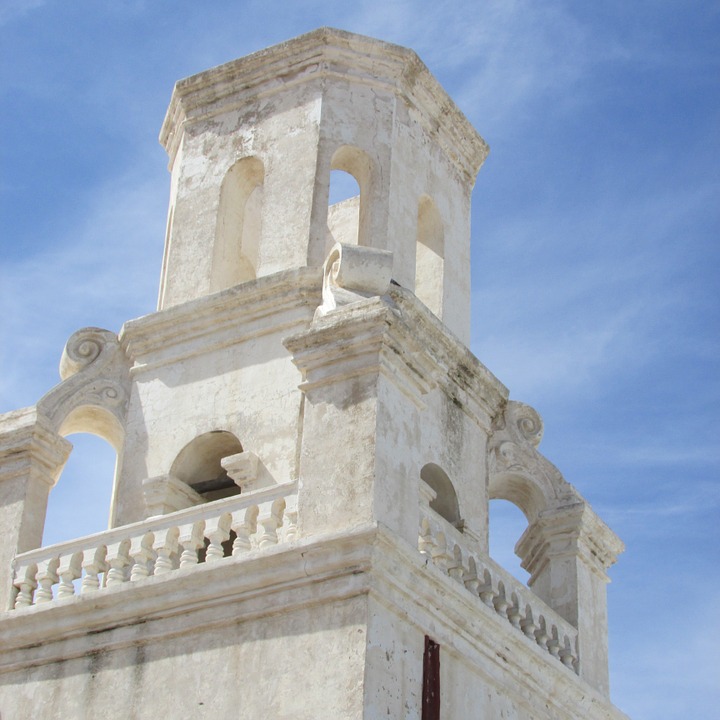


 RSS Feed
RSS Feed